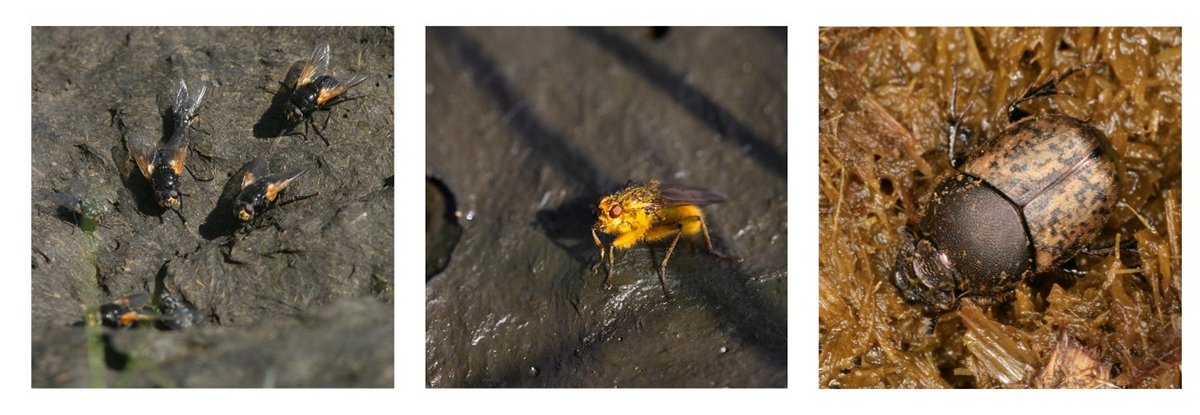Who arrives first? DNA reveals temporal dynamics in dung-colonization of arthropods

“We generally find that that beetles and flies who lay eggs in the dung whereafter the larvae develop in the dung and feed upon it, arrive early and remain present for a long time. And in contrary, the predatory and fungus-eating beetles and flies arrive later, following the species which they feed upon,” Emil says.
In a functional perspective, these data suggest that dung-degradation might be robust against loss of dung-associated species.
“We detect a high diversity of species who can decompose the dung material, which might be important in relation to global change. If some species are lost from the system, other species within the same functional groups might be able to fill the vacant niches of potentially disappearing species, although this remains to be investigated directly” says Philip Francis Thomsen, who is senior author of the paper.

Using environmental DNA to investigate dung-associated communities of arthropods is a relatively new field, but this study shows how the use of this method can greatly advance our understanding of the biological processes in dung. The study shows that if methodological pitfalls are considered and handled properly, the method has high potential for future studies of dung-associated communities. It will be interesting to see how environmental DNA can enhance our knowledge about dung-associated communities in the future.
Do you want to know more? You can read the full paper here, and this blog post from the Journal’s blog Animal Ecology In Focus.
Authors of the paper: Emil Ellegaard Thomassen, Eva Egelyng Sigsgaard, Mads Reinholdt Jensen, Kent Olsen, Morten D.D. Hansen & Philip Francis Thomsen
Funding: Carlsberg Foundation
Published in: Journal of Animal Ecology, 12th of June 2024
